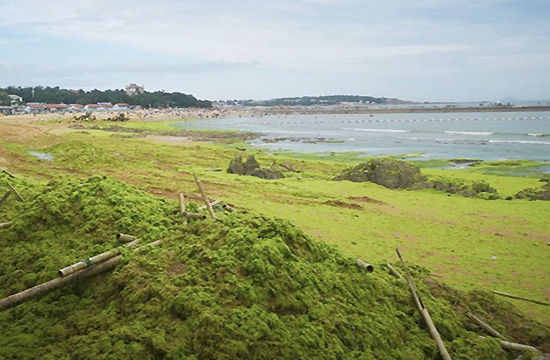
The over-enrichment of water with nutrients, is a leading cause of water quality impairment globally. It results in excessive phytoplankton and macroalgal growth, reducing light penetration and causing a loss of submerged aquatic vegetation.
This process affects the regulation of water quality and trophic structure and supports the services of nutrient cycling, biodiversity, and habitat.
The expansion of agriculture, has led to large-scale modifications of landscapes and seascapes, altering nutrient cycles and fueling primary production. This has resulted in widespread eutrophication of inland and coastal waters, driving changes in trophic structure, and the development of low dissolved oxygen or hypoxia in bottom waters at global scales.
Agricultural runoff is directly linked to the development of hypoxic zones.


Eutrophication has caused long-term changes in ecosystems, affecting the composition of phytoplankton communities, the demise of benthic components, shifts in sedimentary structure, and biogeochemical processes.
It has also contributed to habitat destruction, invasive species, and global climate change, altering how mobile organisms utilize space and move through systems.
Aquaculture has shown trends in mitigating the effects of agricultural pollution through practices such as multicultural or polyculture, movement into offshore waters, and the restoration of filter-feeding bivalve populations.
These practices aim to lessen environmental impacts, maximize economic and social profit, and reduce hypoxia by sequestering nutrients and organic matter in bivalve biomass.


Eutrophication's impact on aquatic organisms is severe. The decrease in oxygen levels due to algal blooms and hypoxia leads to the death of fish and other marine organisms.
Biodiversity loss and habitat destruction further exacerbates the ecological crisis, threatening the well-being of aquatic ecosystems.

